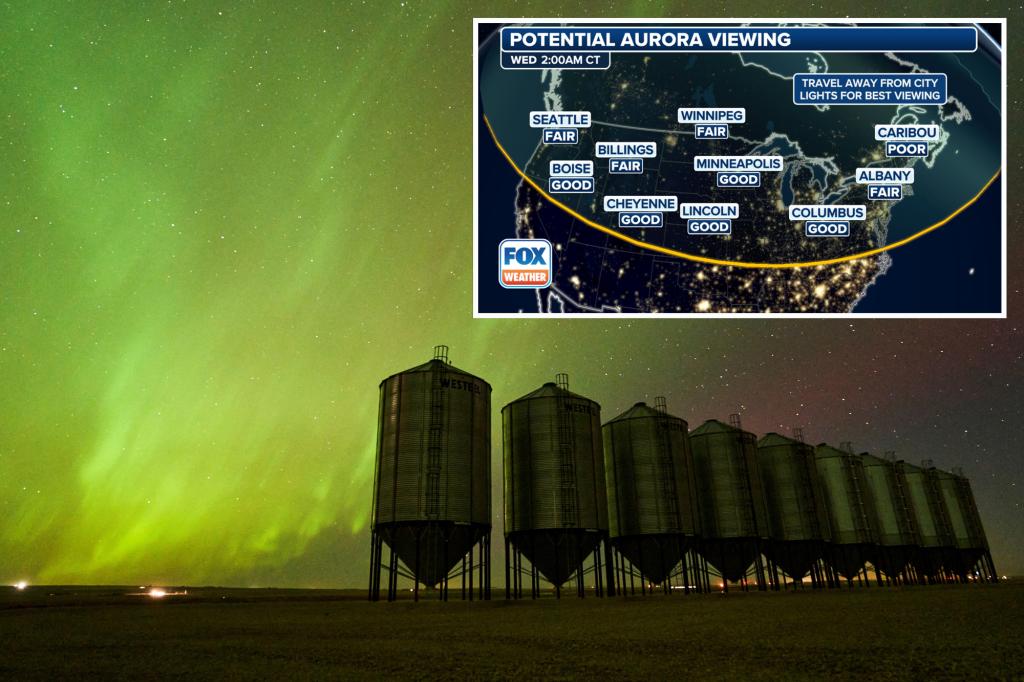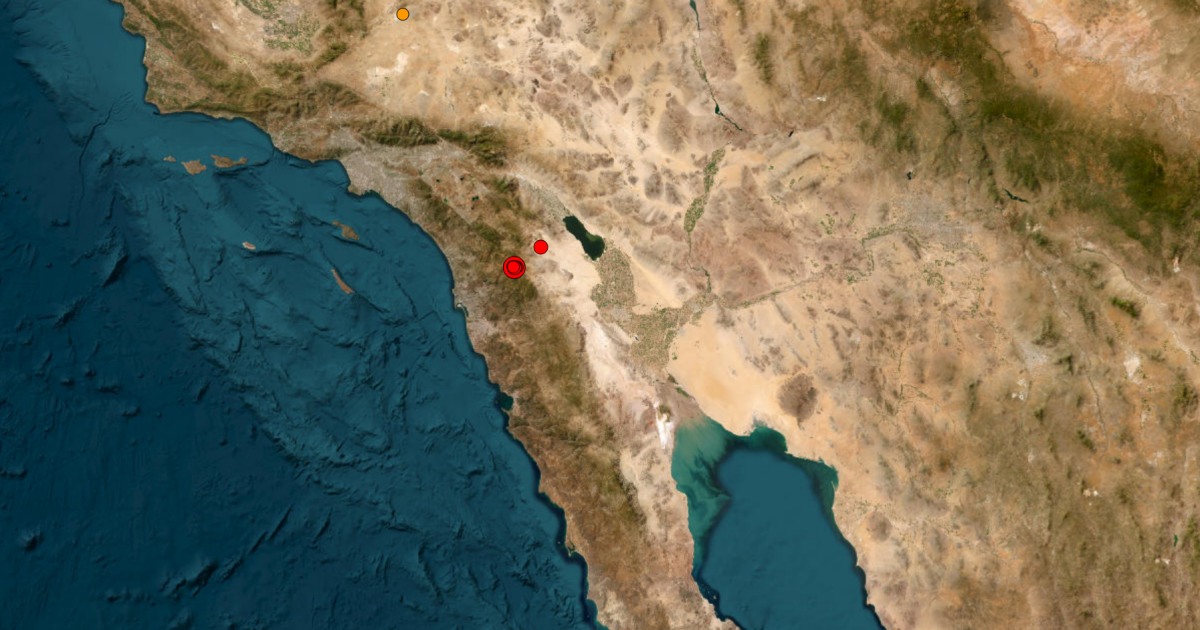Spectacular Solar Storm: Will the Northern Lights Dazzle New Yorkers While Disrupting Satellites?
A powerful solar storm is expected to deliver a rare celestial treat to New Yorkers this week, potentially painting the night sky with vibrant auroras typically confined to polar regions. The geomagnetic storm, caused by a coronal mass ejection (CME) from the Sun, may also interfere with satellite communications, GPS systems, and power grids, according to space weather experts. The phenomenon, peaking between Thursday and Friday, could mark one of the most intense solar events in two decades.
The Science Behind the Solar Spectacle
The current solar storm originated from sunspot AR3664, a massive active region on the Sun’s surface that released multiple X-class solar flares—the strongest category—earlier this week. When these charged particles collide with Earth’s magnetic field, they excite atmospheric gases, creating the shimmering curtains of green, pink, and purple light known as the aurora borealis.
“This is an unusually strong geomagnetic storm,” explains Dr. Sarah Kensington, a space physicist at Columbia University. “We’re forecasting G4-level conditions, which occur only about 100 times per solar cycle. The last time New York saw visible auroras was during the Halloween Storms of 2003.”
Key factors increasing visibility include:
- The storm’s timing during the new moon phase (minimal light interference)
- Unusually strong solar wind speeds exceeding 800 km/s
- Optimal alignment of the interplanetary magnetic field
Balancing Beauty and Technological Risk
While skywatchers rejoice, the same particles creating the auroras pose risks to modern infrastructure. The National Oceanic and Atmospheric Administration (NOAA) has issued alerts to satellite operators, airlines, and power companies. Historical precedents loom large—the 1989 Quebec blackout, caused by a solar storm, left millions without power for nine hours.
“We’ve hardened many systems since then, but vulnerabilities remain,” notes Michael Torres, a senior engineer at SpaceX. “Satellites in low-Earth orbit may experience increased drag, while high-frequency radio communications could face blackout conditions for hours.”
Critical systems potentially affected include:
- Precision GPS used by aviation and maritime industries
- Satellite internet services like Starlink
- Undersea communication cables
Preparing for the Light Show—and the Fallout
Astrophotographers and casual observers alike are scouting locations with minimal light pollution—rooftops in Brooklyn, beaches on Long Island, and parks upstate. The aurora may appear as faint, glowing clouds to the naked eye, but long-exposure cameras will reveal vivid colors.
Meanwhile, contingency plans are being activated. The North American Electric Reliability Corporation (NERC) has placed regional grid operators on standby. Satellite companies are temporarily reducing sensitive operations, and the Federal Aviation Administration (FAA) is rerouting some polar flights.
“It’s a dance between wonder and precaution,” says Kensington. “We’re fortunate to have about 30 minutes’ warning when the CME arrives, thanks to NASA’s ACE spacecraft stationed a million miles upstream from Earth.”
Long-Term Implications of Increasing Solar Activity
This event coincides with the approaching solar maximum—the peak of the Sun’s 11-year activity cycle expected in 2025. Scientists warn that as society grows more dependent on space-based technology, the risks from space weather escalate proportionally.
A 2019 study in the Journal of Space Weather and Space Climate estimated a 1-in-8 chance of a Carrington-level event (a solar superstorm) within the next decade, which could cause up to $2 trillion in initial damages globally. The current storm, while significant, ranks about ten times weaker than the 1859 Carrington Event.
Ongoing mitigation efforts include:
- Developing advanced space weather prediction models
- Creating more radiation-resistant satellite components
- Establishing international response protocols
Where and How to Safely Enjoy Nature’s Light Show
For those hoping to witness the auroras, experts recommend:
- Monitoring real-time aurora forecasts from NOAA’s Space Weather Prediction Center
- Heading to locations north of the city after 10 PM local time
- Using a DSLR camera with manual settings for best results
- Checking space weather apps like Aurora Alerts for last-minute updates
As the world balances celestial wonder with technological vigilance, this event serves as a reminder of our planet’s intimate connection with solar activity. Whether the lights dance or the systems stutter, one truth shines clear: we’re all passengers on Spaceship Earth, riding through a cosmic sea of charged particles.
Stay informed: Bookmark NOAA’s Space Weather Prediction Center for official updates and safety advisories throughout the event.
See more Your Daily Weather


